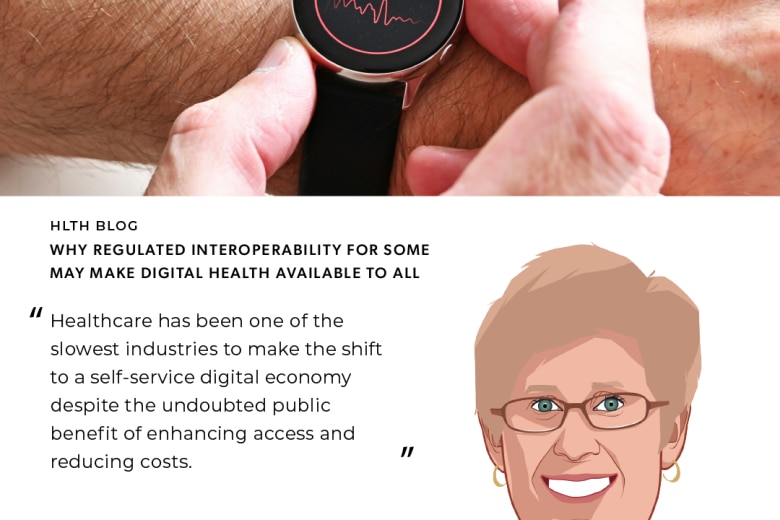As a not-very-athletic freshman engineering student at Arizona State University, I spent my first semester living in an athletic dorm. It was chaotic! I was desperate to move to a more studious dorm, and on interviewing for the one available slot, I was told, as a matter of full disclosure, that I would be the seventh roommate David had that school year. But, I figured, I can get along with most people.
I soon learned from other dorm residents that David was not most people. He was a Martian, and he made no secret of it. Those who knew him from high school in Phoenix said he had once produced a sample of rocks that could not be assigned to any geology on earth. For that matter, there was no paperwork to prove or disprove that he was a Martian, either. He was an undocumented alien.
Are Martians particularly adept at semantic interoperability? I don’t know, as David and I had only one conversation in our semester together. But to move on to that semantic interoperability topic, did you think of Martians when you saw the title of this blog post? Or of any other extraterrestrial? Of course not. Because in the context of the U.S. in the twenty-first century, the term “undocumented alien” has an entirely different meaning.
It’s true of clinical data as well. The data has meaning in a particular clinical context or a particular workflow. Interoperability depends on the sender and receiver, author and consumer, having the same context for the data. Assuming that context is your own when data comes from elsewhere can lead to misinterpretation and clinical misadventure that has profound consequences. Data collected from disparate sources across organizations and from different settings and devices becomes increasingly susceptible to such misinterpretation and loss of interoperability.
As an example, take something as simple as a potassium level. The value itself looks the same whether it was from blood drawn on morning rounds or from a 24-hour urine collection. But the meaning of that data is not at all the same. Or a systolic blood pressure, which might be from a home blood pressure cuff, an automated blood pressure cuff in the ED monitoring a trauma patient with severe blood loss, or the tip of a catheter inside the heart of a patient in the cardiac lab. All of these systolic blood pressure measurements might even be on the same individual, but comparing them out of context leads to spurious conclusions.
The importance of semantic interoperability is magnified as we enter an era of exchange of data and analysis of data at the level of discrete data elements removed from their original context. The emergence of interoperability standards like HL7® FHIR® that deal with data at a more granular level creates a requirement for formal clinical information models underlying the definition of data elements. These models preserve the context in the data definitions – context that was incorporated in the clinical document when these data elements were part of exchanged documents.
The potential value of public APIs for clinical data is enormous, but there is an absolute imperative for semantic interoperability. We need to be certain that extraterrestrials aren’t confused with those who came from more familiar geologic environments
And what ever happened to David? Thanks to the remarkable search capabilities of the Internet, I recently discovered the sad truth. He has been deported to Mars! We could have saved billions on the Mars Rover program.




































